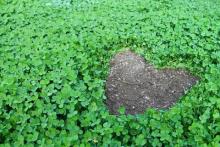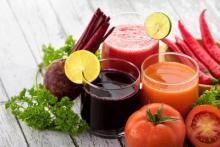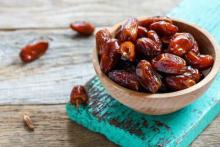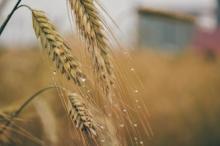Superfood 101: The Agave Plant & Its Uses!
The agave plant ranges from the southwestern United States down through Central America to the northern regions of South America. It is the same plant that is used to make tequila. For centuries, the native peoples gathered the plants and removed the leaves to extract the sap from the core. They boiled the sap to form a thick nectar. Agave nectar did not find its way into modern America until the 1990’s when the process of hydrolysis could be applied to the agave. This process heats the extracted agave juice in a mass production, making it a viable commercial product.









